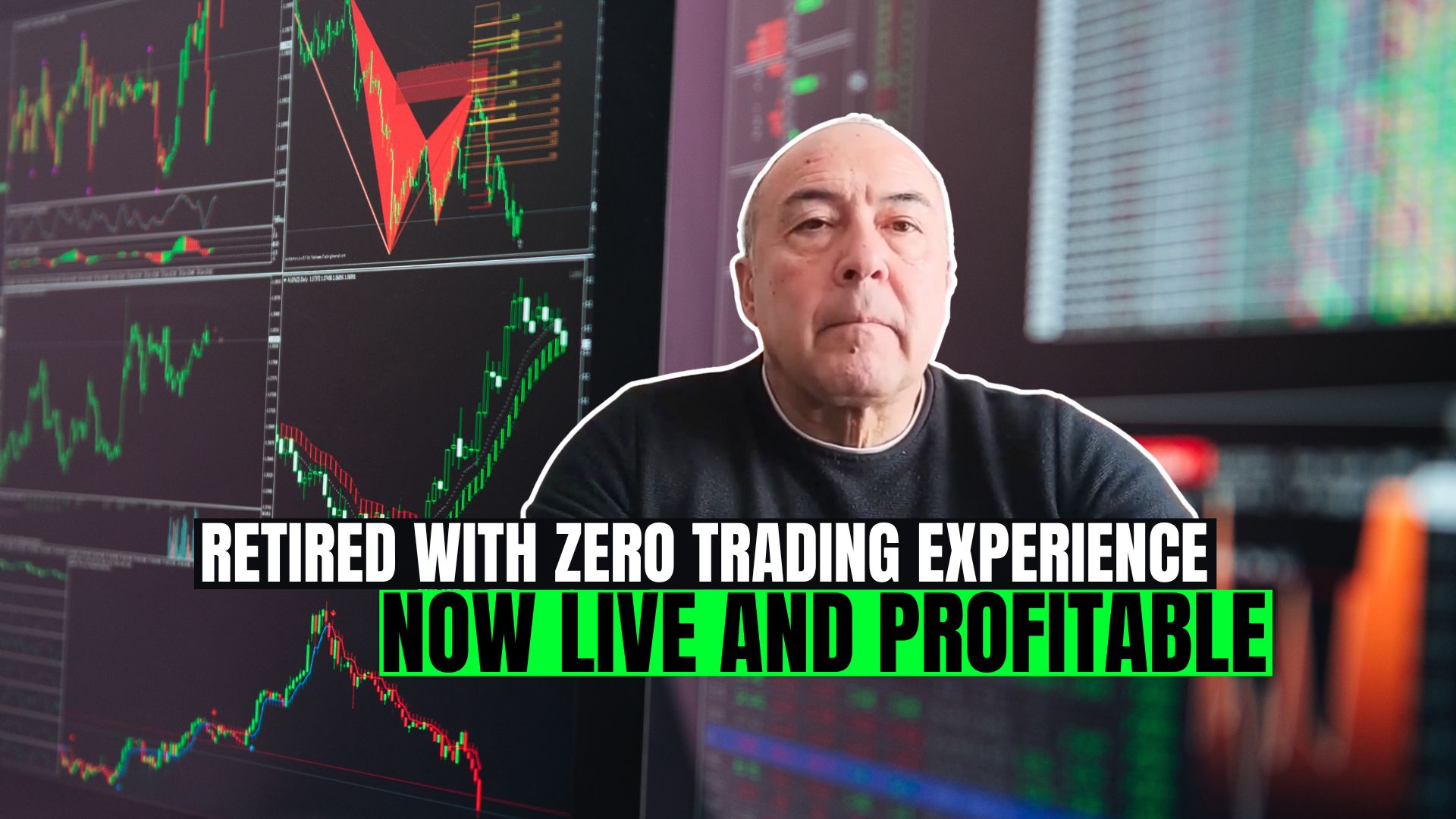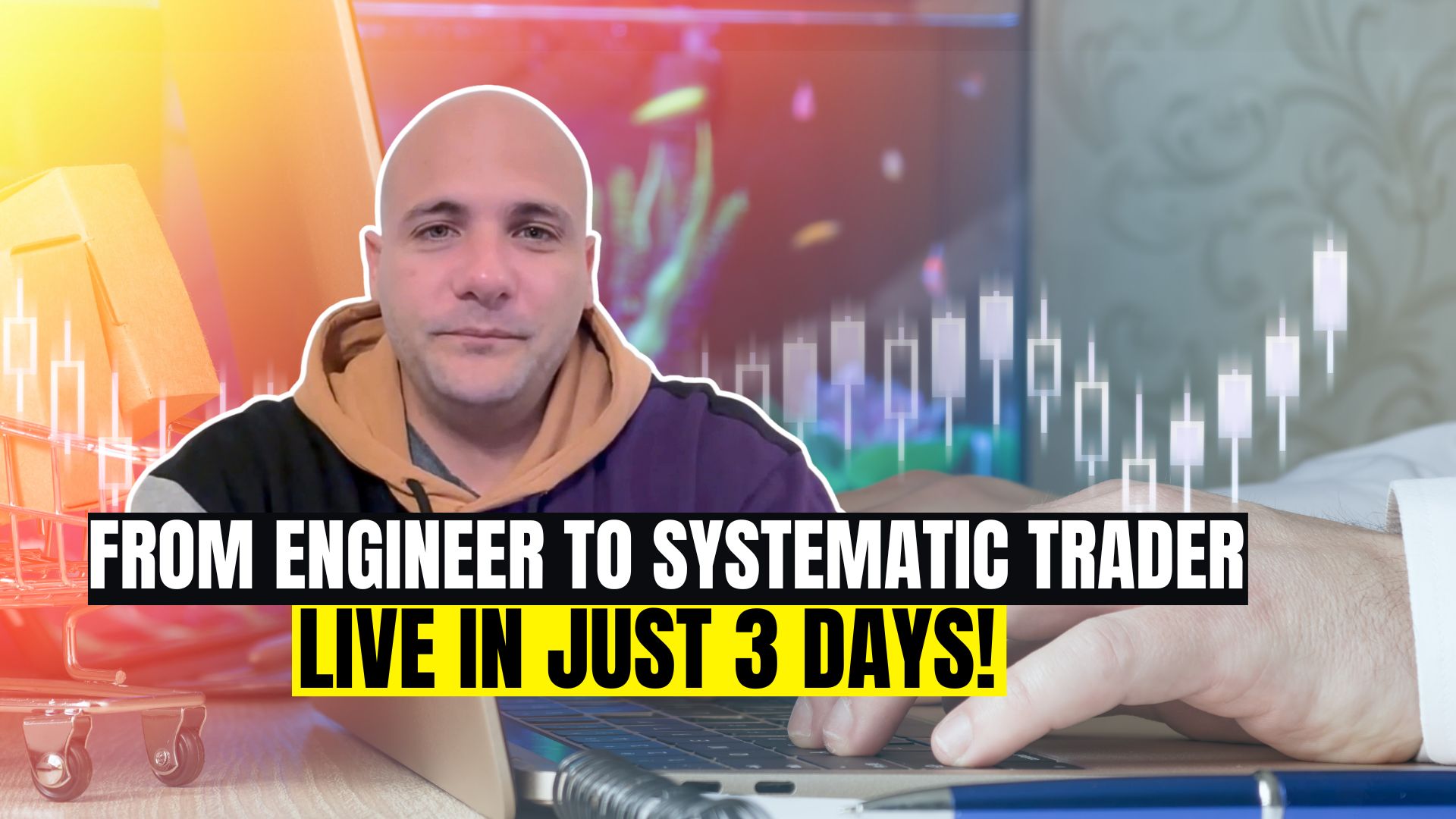Hey everyone, and welcome back to our usual chat about the strategies in our portfolio that have performed the best over the last period.
Okay, so this week I want to tell you about the S&P 500 futures, which certainly needs no introduction, I know. It is one of the most liquid financial instruments in the world and tracks the performance of the 500 stocks… the 500 highest capitalized U.S. stocks.
Today we’re going to be looking at two trend-following strategies. So let’s get started with the strategy that we see below.
This strategy was developed in 2018, and as I mentioned earlier, it’s a trend-following strategy, meaning that it follows, or at least tries to take advantage of, the trends forming in the S&P 500.
This market is well known for its mean-reverting tendency, which means that it generally tends to, let’s say, bounce around average levels.
However, we’ve also seen that over the last few years this instrument, the S&P 500, has developed a pretty pronounced trend-following characteristic, especially during dips like the ones that we saw in 2022, for example.
This strategy takes advantage of the indications provided by the Pivot Points. More in detail, it goes long when the "Resistance 1" of the Pivot Points is crossed. While, on the other hand, it goes short when the S1 level, also called "Support", is crossed downward.
But, a word of caution, be careful because in this case, the Pivot Points – which we see here in the chart – are calculated using the cash session of U.S. stocks, which goes from 8:30 a.m. Exchange time until 3:15 p.m.
In other words, that’s the period when U.S. stocks are open and can be traded in the secondary market.
So let’s go and edit the inputs in order to see precisely the levels that we plotted on the chart… Until 3:15 p.m.
More in detail, this strategy will wait for… Well, as I mentioned earlier, it will do a check at 10:30 a.m., so 2 hours after the cash session opens, that’s to see if the price is above the "Resistance 1" level of the Pivot Points.
"Resistance 1" here is represented by the light blue line and indeed, you can see that the price, in this case, was above that level.
Let’s go and have a look at a short trade… Of course, there are less short trades than long trades here, so it’s a bit more difficult to find them, because shorting a market like the S&P 500 isn’t always profitable…
Okay, in this case, we see that the short trades, again around 10:30 a.m., after the first 3-4 bars after the cash session opens… you can see that the strategy opens the short position when the price is below the "Support 1" level, which is this blue line.
This is a system that, as I told you, was programmed in 2018, so we could say more or less around that time. And you see that even the out-of-sample works pretty well. I mean, I know that the mean-reverting logic is one of the most profitable in this market, however in the last few years, well, I mean, the trend following has also given some excellent profits.
So guys, do yourselves a favor, go and give it a try too!
Let’s move on to the next strategy. This is also a trend-following strategy, but in this case, we’re not going to use Pivot Points or other indicators. What we’re going to do in this case is calculate some kind of range from the opening of the day and go long when prices break that range upwards and go short when the prices break that range downwards.
Now, how is this range calculated? Well the range is calculated as a multiplier of the Average True Range. So, when the market reaches prices that are at least 8 times the ATR at the beginning of the day away from the Open, we’ll enter long.
On the other hand, if prices fall to a level at least 8 times the ATR at the beginning of the day away from the opening, we’ll go short.
So, an absolute trend-following strategy that waits for a very powerful downward extension (here, for example) and then enters.
So, the strategy waits for the market to make a very clear and let’s say "decisive" movement before taking a position and try to exploit the trend.
This kind of system can be very useful because it can really help balance our portfolio in the down phases of the market. Because as you know, when the market goes down, and generally when a stock index goes down, it triggers a sort of panic-selling mechanism among traders and investors that tends to reinforce the bearish movement. Like here in this case, for example.
On the other hand, the long side is struggling a lot more… I mean, there’s no shortage of positive trades here, but as you can see, the long side is struggling more because it usually works better at rebounds.
This strategy has been out-of-sample for many years. We see only the last 300 days uploaded here, but I decided to show you this picture because it represents very well how this strategy behaves in down phases.
You can see that the Buy & Hold has been definitely bearish over the last 6 months… even 8 months… well, since the beginning of 2022 at least.
And volatility has increased a lot. You can see that the movements are larger and more significant than, for example, in 2021.
And you see that this strategy, just in conjunction with this increase in volatility, manages to exploit the cues provided by the logic of the system.
So, guys, go and try it out too! These are beneficial strategies, especially in times of downturn and high volatility. And they can be coded without any particular difficulties.
Now, if anyone among you is interested in the world of systematic trading, I recommend that you click on the link in the description. From there, you can watch a free presentation by Andrea Unger, or get our best-selling book, "The Unger Method", by paying only the shipping costs, or even book a free call with a member of our team.
If you liked the video, please be sure to leave a "Like", subscribe to our channel and click the notification bell so you can stay updated on the release of all our new content.
And with that, thank you so much! I will see you soon, bye-bye!







